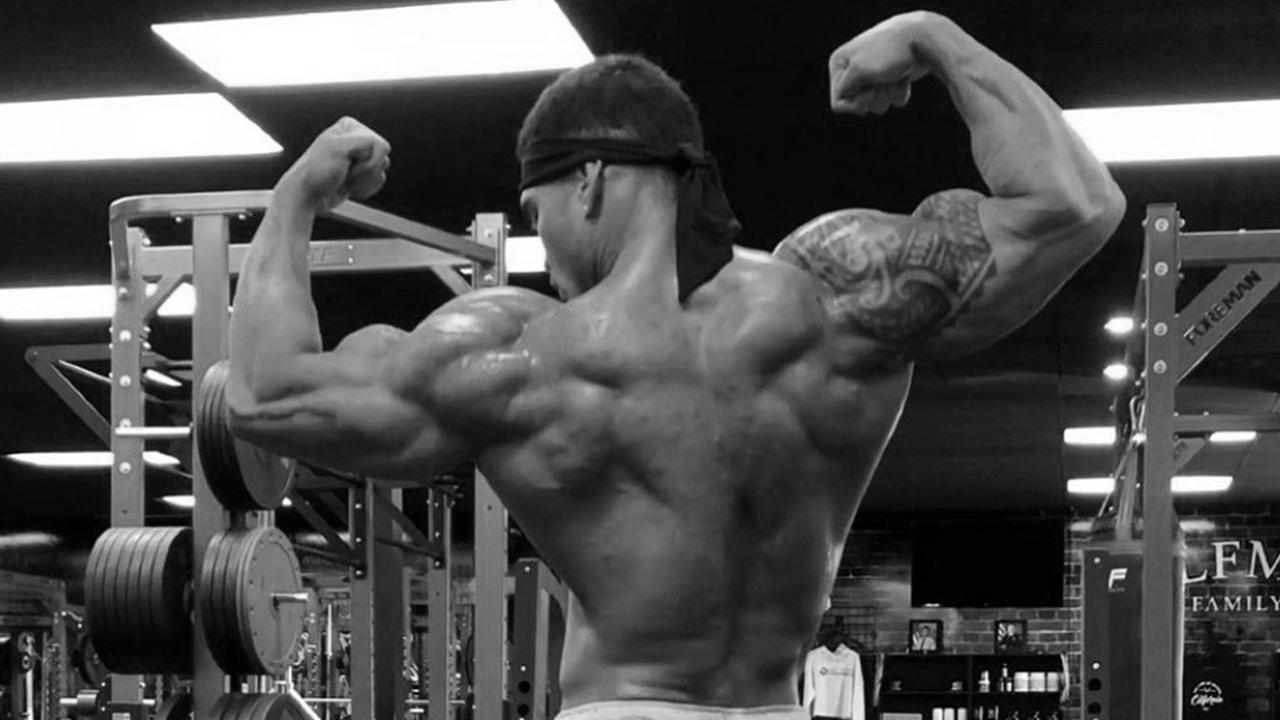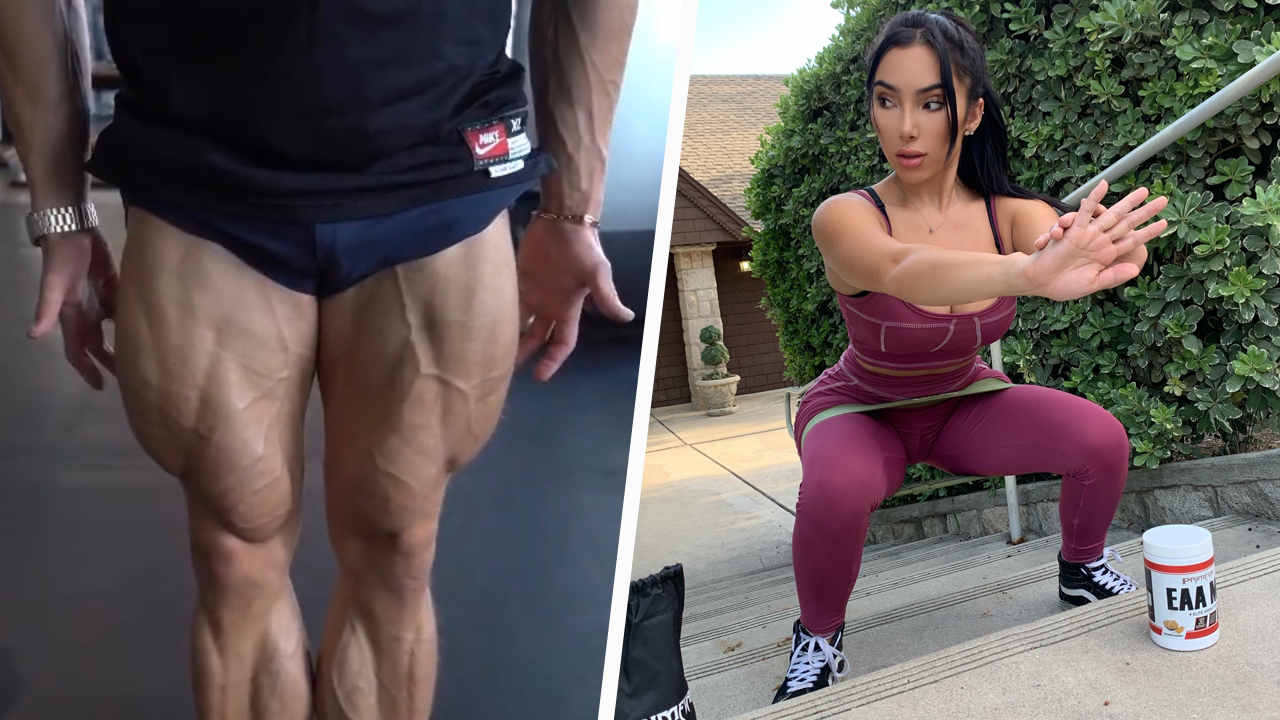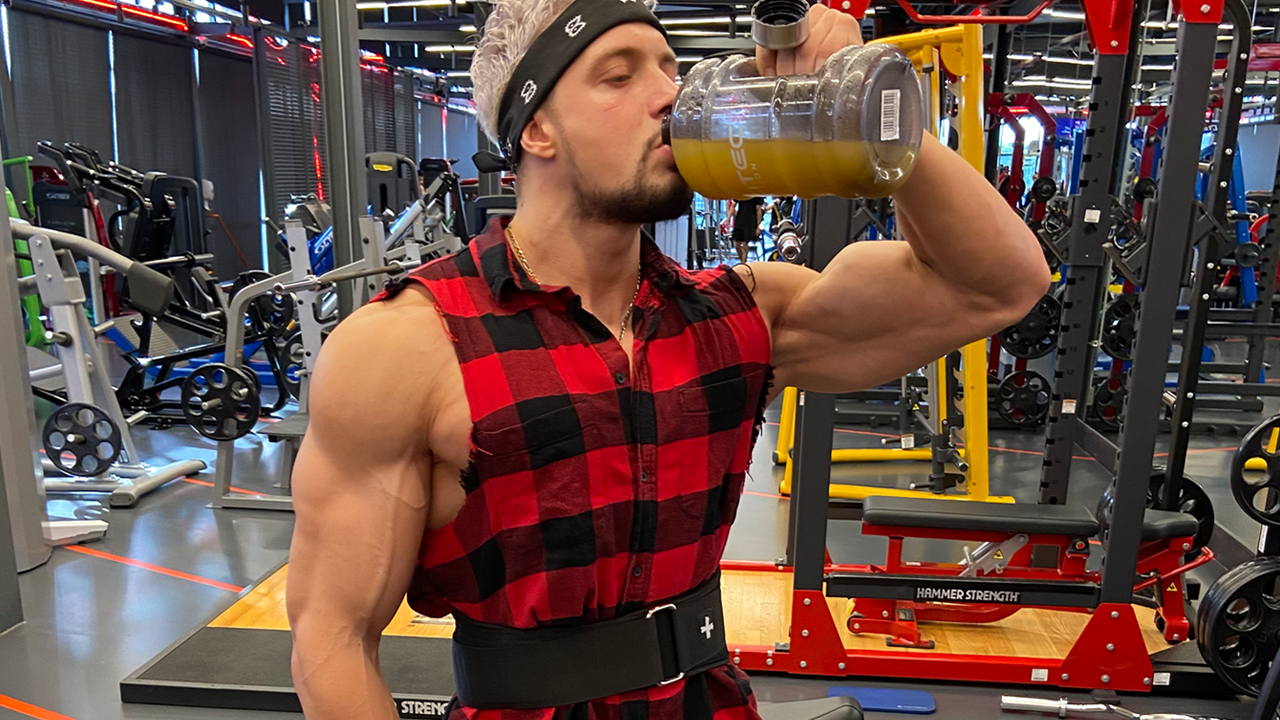Back training isn’t sexy, it isn’t glamorous, and it sure as hell ain’t easy.
But, if you truly want to get big, then you’re going to need to tackle your back training with the same intensity with which you attack your chest and biceps (because let’s be honest, those are the two muscle groups everyone loves to train).
Besides, having a big back significantly improves aesthetics and plays a huge part in achieving the classic v-taper as it helps shrink the appearance of your waist.
Having a strong back is also necessary for long term health and functionality.
And, if for no other reason, building a bigger, stronger back also helps build bigger biceps as just about any compound pulling movement involves the biceps to some degree or another.
Despite this, many individuals have a hard time developing their backs, or outright skip training back altogether save a few easy sets of pulldowns after their 16 sets of chest.
That all ends today with the next entry in our GET BIG series -- BACK
LET’S GO!
Tips for a Building Bigger, Stronger Back
Pull with Your Back (Not Your Arms)
This is probably the most common back training mistake.
Most trainees when they first hit the gym (including you, probably) were guilty of initiating any pulling movement with the muscles of the upper arm (biceps) rather than the muscles of the back.
DO NOT DO THIS.
Pulling with your arms limits the amount of weight that your back can actually lift, and it reduces how much tension is placed on the muscles of the back, which means you’re not getting as much of a muscle-building stimulus as you could.
To correct this bad habit, it can be helpful to keep in mind some important lifting queues during your back workouts.
For starters, instead of using a death grip on the barbell, dumbbell, or cable attachment, loosen up your grip and/or use an open (false) grip where your thumb is lined up with the rest of your fingers. This reduces forearm and upper arm engagement and helps to drive more tension and focus on the back muscles.
Second, focus on initiating movement with your elbows -- Concentrate on driving them back behind the body. This also helps eliminate and shoulder shrugging and also improves scapular retraction and depression.
Basically, when doing back exercises, your hands and arms are just hooks that are holding onto the weights. The lats, rhomboids, etc. are doing the real heavy lifting.
SQUEEEEEEZE!
This tip can really be applied to any exercise, but it’s that much more important when it comes to back training.
Typically, when it comes to doing any type of pulling exercise, lifters convulse and contort their bodies, using lots of body english, to get their elbows behind their body and then let gravity do all the work on the way down.
Sure, you might be moving a lot of weight, but how much work is actually being done by the muscles of the back?
Simply put, the reason many lifters struggle to get a big back is that they can’t feel their back muscles workout. As such, they aren’t squeezing their back muscles to get a full and complete contraction.
To fix this, at the top of every rep, hold the contracted position for one second and then slowly lower the weight.
Use a Variety of Grips
The back isn’t just composed of a single muscle group. It contains numerous ones with fibers running in all directions.
As such, you’ll need to use a variety of exercises and hand positions to maximally stimulate all regions of the back musculature.
Take for instance the seated cable row.
Using a wide pronated grip will emphasize more of the rear delts and rhomboids, while using a closer, supinated grip will emphasize more of the lats and biceps. Now, both variations are compound exercises, which means they’ll stimulate all regions of the back musculature, but the at which you pull and the grip you use will affect which regions of the back are preferentially stressed.
And, while the two movements are similar, each variation will feel noticeably different from another.
Since the goal is to get all regions of the back as big as possible, this is a very good thing.
Plus, using different grips help inject some variety and creativity into your training sessions, which can help lower the chance of boredom.
Use a Variety of Rep Ranges
As we already mentioned, the back is made up of a bunch of different muscle groups, some responding better to low reps and some responding better to high reps.
Additionally, some exercises are better suited to low reps (deadlifts) while others are more suited to higher reps -- cable rows, straight-arm pulldowns, face pulls, etc.
Just like you have seen in the other workouts in the GET BIG series, you will use a variety of rep ranges so as to get the benefits each rep range has to offer.
Deadlifts Are Important But They’re Not All You Need
The deadlift is regarded by many in the lifting world as the true “king” of exercises.
And, it’s hard to argue that it isn’t, since the deadlift stimulates everything on the posterior chain from your feet to the base of your skull.
Many of the most impressive backs in the history of bodybuilding were built on a steady diet of heavy deadlifts. But, those same impressive backs also included other back movements as well, like pull ups, pulldowns, and rows.
As such, the deadlift can be a foundational movement in building a big back, but it’s not the only thing you need to do, nor should it be.
As powerful as a muscle-building stimulus as the deadlift offers, it is also incredibly fatiguing to both the nervous system and musculature. This becomes more of a problem the more advanced you get as you’ll be lifting heavier and heavier weights, which induces exponentially more systemic fatigue.
Therefore, we’ll keep deadlifting to once a week in this training program.
Get Big Back Workout
As with each of the two previous entries in the Get BIG series (Chest & Legs), we have split your weekly back training into two separate workouts.
This allows for an overall higher quality of work in each session, which means more gains over the long haul.
Additionally, since the focus of this program is on building a bigger back, you may want to consider scaling back the volume and intensity on the other body parts you train each week so as to allow more recovery resources to be dedicated to repairing and growing the many muscles of the back.
Here are the workouts:
|
Back Workout A |
Sets |
Reps |
|
Deadlift* |
1 |
10+ |
|
Cable Rows |
3 |
8-10 |
|
Chin Ups |
3 |
AMRAP |
|
Rear Delt Fly |
2 |
12-15 |
*Note: Start with 75% of your one rep max. Perform as many singles as you can in 10 minutes. When you can perform 10 or more during this time period, add weight the next time you perform this workout.
|
Back Workout B |
Sets |
Reps |
|
Chest Supported Row |
3 |
8-10 |
|
Pull Ups** |
3 |
AMRAP |
|
1-Arm Dumbbell Row |
2 |
10-12 |
|
Straight-Arm Pulldown |
2 |
12-15 |
|
Face Pull |
2 |
10-15 |
**If you are not able to do pull ups, use a pull up assist machine or perform inverted rows with a pronated grip.














Leave a comment
This site is protected by hCaptcha and the hCaptcha Privacy Policy and Terms of Service apply.